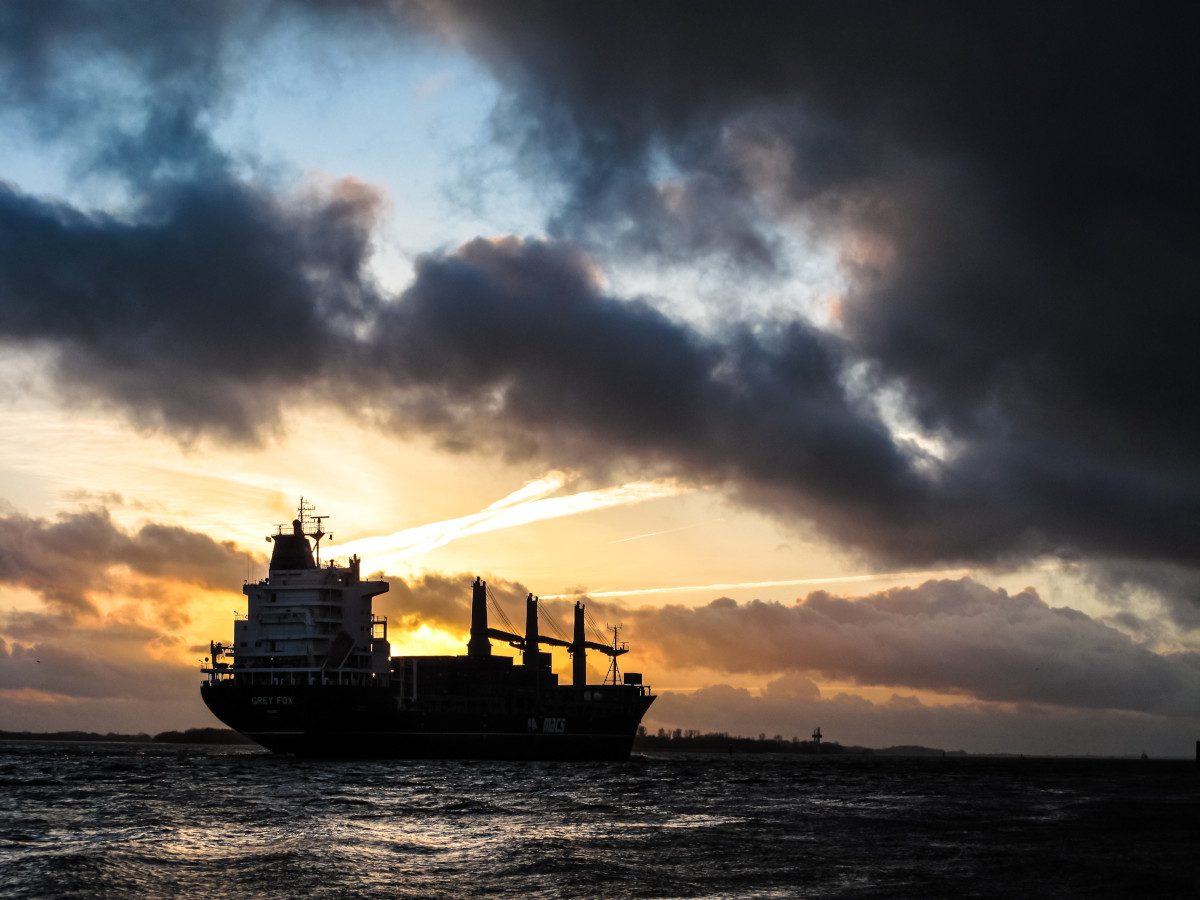
A new report attempts to provide a diagnostic of the scale of the ocean pollution challenge facing humanity.
The Invisible Wave: Getting to zero chemical pollution in the ocean has been prodeuced by Back to Blue, an initiative of Economist Impact and The Nippon Foundation. Its main purpose, say the authors, is to raise awareness of marine chemical pollution, the scale and potential impact of which is not widely appreciated, and to focus minds on delivering solutions to achieve a zero-pollution ocean.
Marine pollution has deservedly gained greater attention in recent years, most notably through the vexing—and highly visible—issue of plastics. Chemical pollution, by contrast, is often unseen—though it is no less important or urgent. Synthetic chemicals in the form of nutrients, heavy metals, persistent organic pollutants, pesticides, sewage, plastics and microplastics, and those used in the vast majority of household and consumer products flush into the ocean through freshwater systems and runoff, through atmospheric deposition, as well as from ships and extractive industries at sea.
Chemicals are present in the deepest parts of the ocean and in all manner of marine biota, and concentrations of many of the most dangerous chemicals in the marine environment continue to rise. Worryingly, a 2022 study concluded that the world has already crossed the planetary boundary where chemicals threaten the very ecosystems—including the marine environment—upon which humans and most other species depend. Since humans are producing far more chemicals in ever-greater volumes, the impact on the marine environment will only become more severe.
Given the fundamental importance of the ocean to all life on Earth, it is striking that there has not yet been a serious scientific assessment at scale of marine chemical pollution and its impact on biodiversity and marine ecosystems, and the overall health of the ocean. Much more research is needed to determine the damage that many chemicals inflict on the marine environment.
A coordinated approach
The urgent need for more research is underscored by a further point that this report seeks to demonstrate: that despite lacking a complete picture of the dangers posed by marine chemical pollution, failing to act now is a risk too far. Tackling the problem requires the coordinated action of everyone in the chemicals value chain—from the chemicals industry itself to governments, regulators, investors and financiers, as well as civil society and consumers. Failure to address marine chemical pollution in a systematic manner risks inflicting irreparable harm on the ocean.
Other key findings and recommendations include:
- Regulators need to enact and enforce stricter rules on pollution, particularly in Asia-Pacific, the Middle East and Africa where much of the future growth in chemicals production will come, and where often there is limited oversight and capacity to deal with chemical pollution. Central to marine chemical pollution is that industry for decades has been able to externalize its costs—passing these on to society, often to the poorest and most vulnerable;
- Actions by the chemicals sector—encompassing fossil fuel-based chemicals, specialty chemicals, pharmaceuticals and agricultural chemicals—present perhaps the most compelling opportunity to address marine chemical pollution. Yet for an industry that is sprawling, capital-intensive and low-margin, change will be a complex, expensive and fraught process;
- Momentum is growing for a circular economy, and a recognition that green chemistry–which offers an opportunity to design high-performance products that are less toxic and less polluting—may be a route to reducing pollution;
- The finance and investment communities remain largely unaware of marine chemical pollution and its associated risks. This is a barrier to change, but also an opportunity. Better information about the material risks the chemical sector will face from a transition to a zero-pollution ocean will be an important first step to any finance sector-led solutions—in tandem with an appreciation of the early rewards for first movers;
- Popular awareness of the danger of marine chemical pollution is low relative to similar issues such as plastic pollution or climate change. Building greater awareness is essential. Consumers, notably, could influence marine chemical pollution through purchasing decisions. Establishing a consumers’ right-to-know about hazardous chemicals in the products they buy is a first step.
Charles Goddard, editorial director at Economist Impact, says:
“The warning signs have been present for a while, but this report from the Back to Blue initiative will, I hope, set off the alarm bells on chemical pollution in the ocean. Synthetic chemicals, many hazardous and harmful, are now ubiquitous across the seas—much like plastics—and left untackled, this assault will only get worse. There is much more we need to know and understand, but we must not let that delay action but rather work with urgency with industry, regulators and consumers towards a zero-pollution ocean, and prevent and reverse this unseen poisoning of an ecosystem on which all of life depends.”
Yohei Sasakawa, chairman at The Nippon Foundation, says:
“This is the first ever comprehensive report that sheds light on the serious impacts of chemical pollution to our ocean, and as a result, to human wellbeing. It is my hope that the findings will help drive international dialogue to address this issue and help the global community to realize that without drastic steps to ensure a healthy ocean environment, there is no guarantee for the sustainable continuation of humankind.”
Read and downdload the report here.






